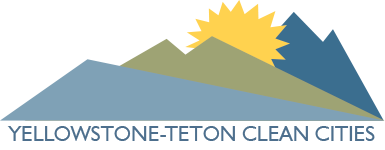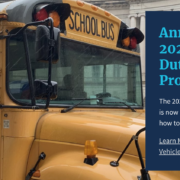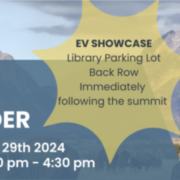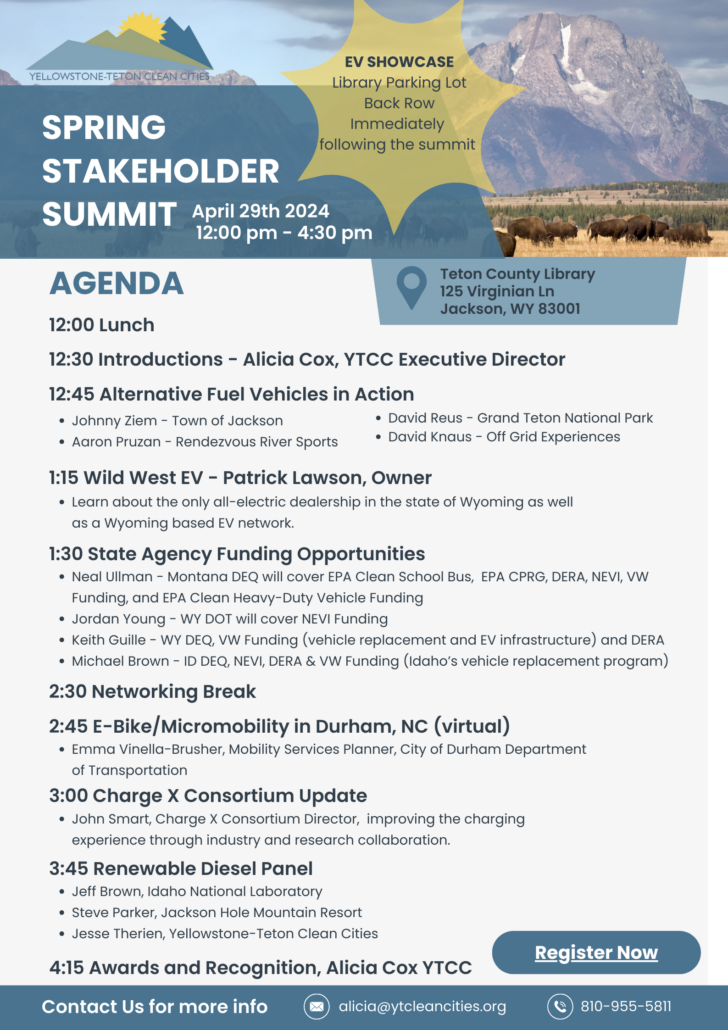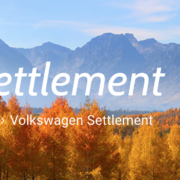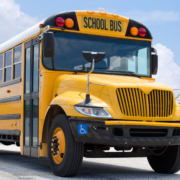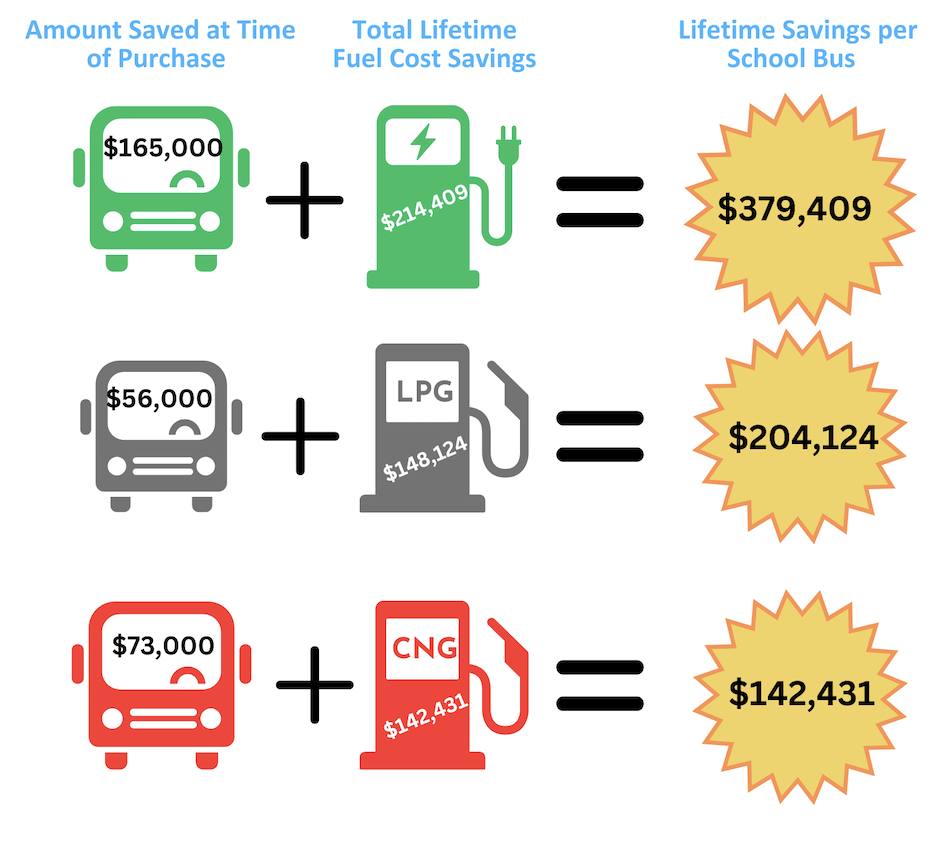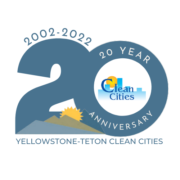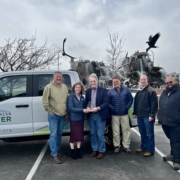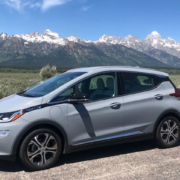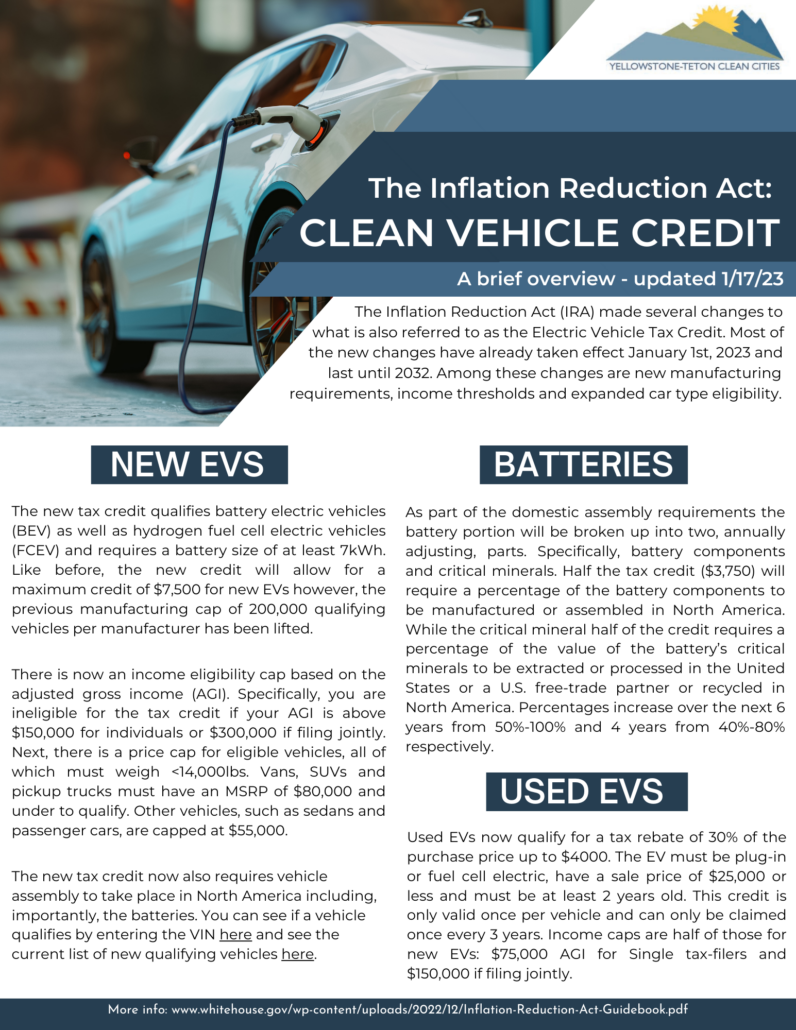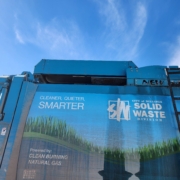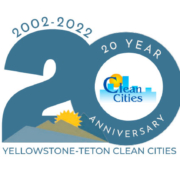The Opportunity
Clean school buses reduce emissions by 90-100%. The US EPA Clean School Bus Program, provides $5 billion over the next five years (through FY 26) to replace existing school buses with electric, propane, and compressed natural gas. The state of Wyoming has DERA and VW Funding programs to support the purchase of alternative fuel and newer diesel buses. The state of Montana also has DERA funding available to support the purchase of clean school buses.
The US EPA Clean School Bus Program application deadline was just extended to February 14th!
Why?
Our children’s health, the health of the planet and to be fiscally responsible.
- Emissions from diesel school buses produce 4-12x worse air quality than ambient air. Children are particularly susceptible to negative health impacts of diesel emissions, which include asthma, cancer, and other respiratory illnesses. (1)
- The electricity to power electric school buses produces half the annual greenhouse gas emissions compared to compressed natural gas, propane, diesel, and biodiesel fuels.
- An alternative fuel or electric school bus can reduce annual fuel costs by $12,000 annually and lifetime savings range from ~$150,000-$380,000 per bus depending on the fuel.
(1) Chen Z, Salam MT, Eckel SP, et al.. Chronic effects of air pollution on respiratory health in Southern California children: findings from the Southern California Children’s Health Study. J Thorac Dis 2015;7:46–58
(2) afleet.es.anl.gov/afleet. Assumptions: Five fuels for school buses: electric, compressed natural gas, propane, diesel, and biodiesel. Utilizing various electricity mixes for electric school buses and North American natural gas for compressed natural gas. 15,000 miles per bus per year.
Cost Savings
There are currently numerous funding sources to support the purchase of Clean School Buses in addition to the necessary charging stations needed if electric school buses are selected. The funding sources can cover nearly the entire cost of an electric bus and a significant portion of propane and CNG buses. The fuel costs of electricity, propane, and CNG are also significantly less than gasoline and diesel. The combination of the reduced upfront cost of the bus in addition to fuel cost savings provides a solid financial case for a school district in Montana or Idaho and the state of Wyoming (In Wyoming the state reimburses each school district for their bus and fuel purchases, therefore the state of Wyoming owns the school buses. The Department of Education receives the financial benefits of the clean school buses, which will free up budget spending for other prority areas in the state.)
By combining funding sources, a single electric school bus can save approximately $380,000 over the lifetime of the vehicle. If a school district chooses to implement 2-4 electric, propane or CNG buses into their fleet, the savings really stack up. See the image below to visualize the lifetime cost savings of one clean school bus for electric, propane and CNG, respectively.
There are many ways to view the cost savings associated with clean school buses. Please view the document linked below for a Wyoming-focused analysis of clean school bus savings.
Wyoming Clean School Bus Financial Analysis
Current funding opportunities to support clean school bus adoption:
The Known Barriers
If there are so many benefits, why do we not see more clean school buses on the road in our region? Well, there are a few barriers and they differ by state and school district, but we (YTCC), in addition to others in the state, including the Wyoming Outdoor Council, have been working to understand and help alleviate some of these barriers. However, one of the greatest barriers is misinformation, and we all can work together to ensure the facts about clean school buses are communicated properly. Please view the “Clean School Bus Program for Wyoming Schools” document and the Frequently Asked Questions to understand the barriers and responses to the perceived barriers.
How You Can Help
Working towards more Clean School Buses in our region is unique in that every layer of the community can engage in some way. Some paths forward are below:
Parents: Write a letter to your school board and school superintendent requesting they deploy clean school buses. Make the letter personal and explain why clean school buses are important to you. Share the EPA’s clean school bus activity book with your children. SAMPLE LETTER TO SCHOOL BOARD.
Students: Send a letter to your school board and school superintendent requesting they deploy clean school buses. If you are a part of an environmental club, introduce the concept to your environmental club and send a letter to your school board and superintendent from the group. Also, request your school introduce the clean school bus activity book at appropriate grade levels.
Advocacy Organizations: Does your organization promote clean energy, climate, improved air quality, the well-being of children, and more? You can also send a letter to your local school board in addition to providing education at the state level, such as informing your elected officials at the state level about the value to our environment, health and finances.
Policymakers: Those at the state level can introduce legislation and support legislation as it promotes an easier transition to electric vehicles. As this legislation is introduced we’ll provide updates here.
School Districts Fleet or Business Manger: The EPA has developed a very short hand-out succinctly explaining the steps to follow when assessing your school bus fleet’s compatibility with electric school buses, this can be slightly modified for propane and CNG. Quick Guide to Electrifying Your School Bus Fleet.
(1) Understand route and energy needs
(2) Select preferred charging strategies
(3) Identify infrastructure requirements
Resources
Clean School Bus Program for Wyoming Schools
Cold weather impacts on electric school buses
Educational resources for students
Sample letter to school board (PDF)
Sample letter to school board (Word)
Havre, MT Cold Weather Rural School District Case Study
Wyoming Clean School Bus Financial Analysis

